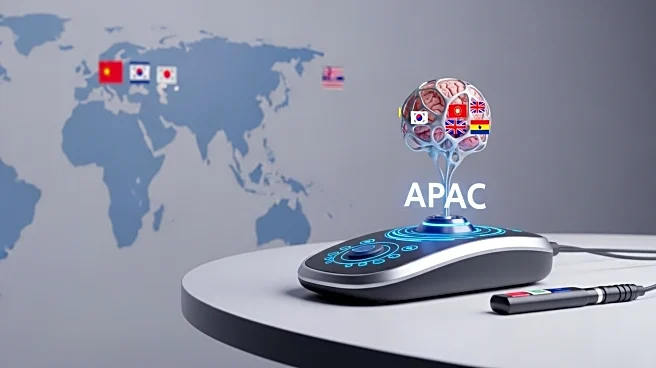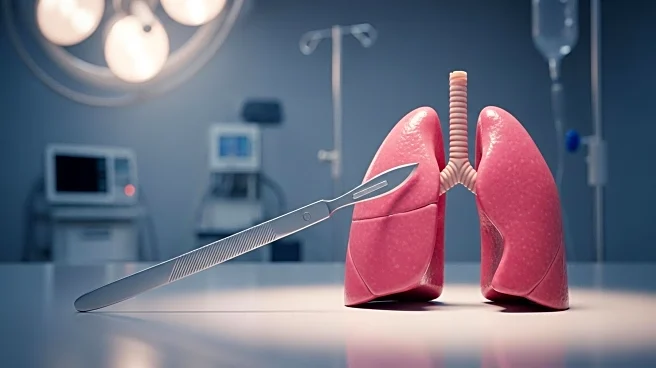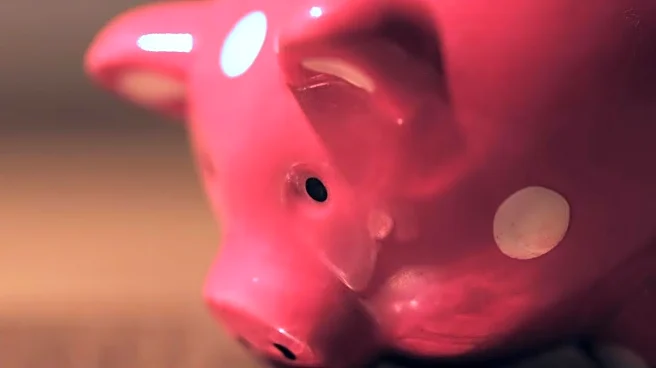What's Happening?
A recent study has explored the effectiveness of knotless backstitching compared to conventional knotting in the biomechanics of porcine stomach sutures. Researchers used porcine stomachs to simulate human myometrium or vaginal wall suturing, selecting 20 samples from a slaughterhouse in Sichuan Province, China. The study involved cutting and suturing the stomach tissues, with samples randomized into two groups: knotting and backstitching. The knotless backstitching technique involved a novel method of securing sutures without traditional knots, while the knotting group used standard surgical knots. The biomechanical properties of the sutures were tested using an electronic universal testing machine, measuring maximum load and tensile stiffness. The study aimed to determine if knotless backstitching could provide comparable strength to conventional knotting methods.
Why It's Important?
The findings of this study have potential implications for surgical practices, particularly in procedures involving suturing. Knotless backstitching could offer a viable alternative to traditional knotting, potentially simplifying surgical techniques and reducing operation time. This could benefit healthcare providers by improving efficiency and patient outcomes. Additionally, the study's use of porcine stomachs as a model for human tissue suggests that the results may be applicable to human surgeries, potentially influencing future research and development in surgical methods. The study's results could lead to advancements in medical technology and techniques, impacting the healthcare industry and patient care standards.
What's Next?
Further research may be conducted to validate the findings of this study and explore the application of knotless backstitching in human surgeries. Clinical trials could be initiated to assess the effectiveness and safety of this technique in real-world surgical settings. Medical professionals and researchers may collaborate to refine the method and integrate it into surgical training programs. Additionally, the study may prompt discussions within the medical community regarding the adoption of new suturing techniques and their potential benefits. Stakeholders such as healthcare institutions and surgical equipment manufacturers may consider investing in the development and promotion of knotless backstitching technology.
Beyond the Headlines
The study raises ethical considerations regarding the use of animal tissues for research purposes. While the porcine stomachs were obtained from a slaughterhouse, the ethical implications of using animal models in medical research continue to be a topic of debate. The study's exemption from ethical review highlights the need for clear guidelines and regulations in research involving animal tissues. Furthermore, the potential shift towards knotless backstitching may influence surgical education and training, requiring updates to curricula and certification processes. The long-term impact on surgical practices and patient care standards could be significant, prompting ongoing evaluation and adaptation within the healthcare industry.











